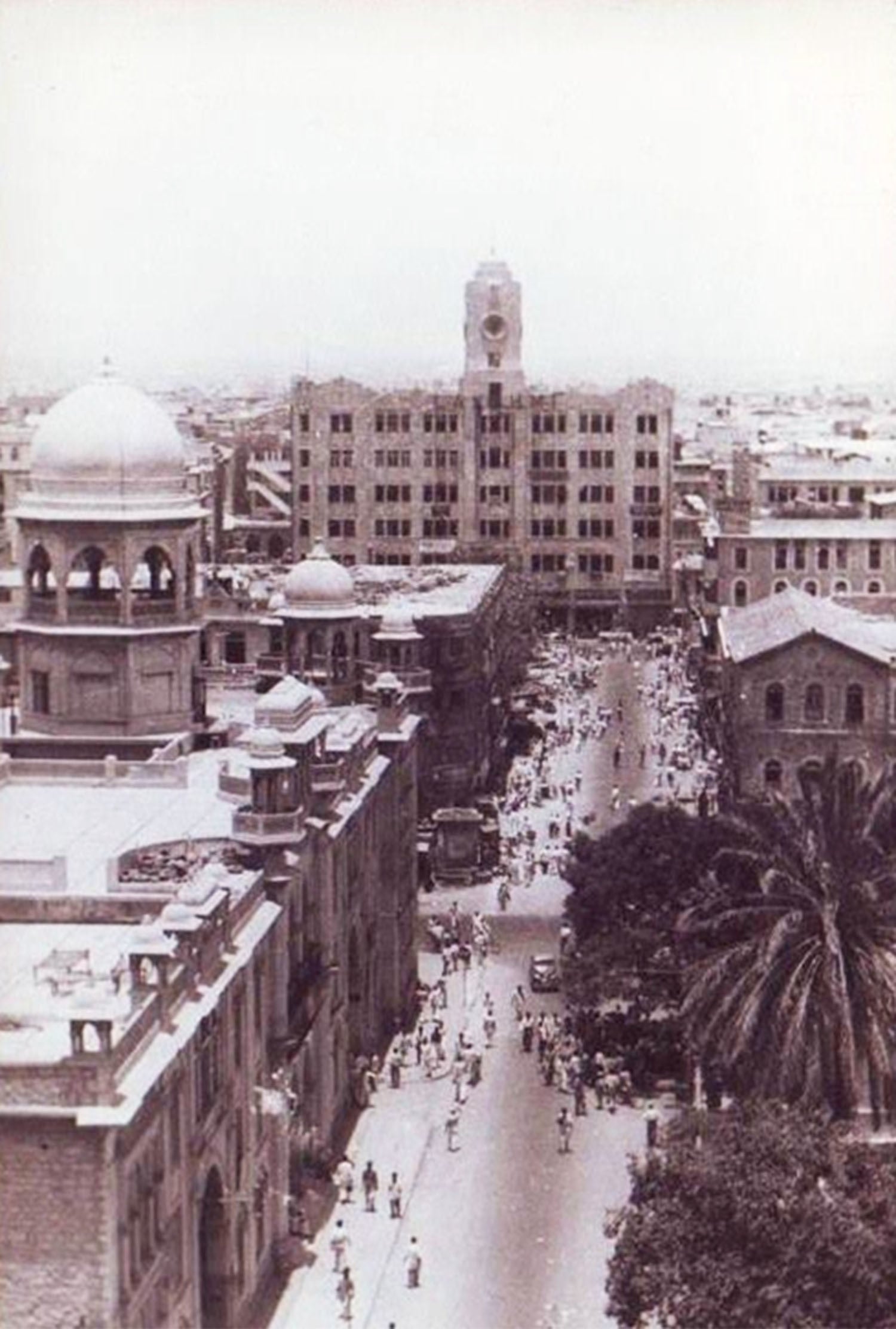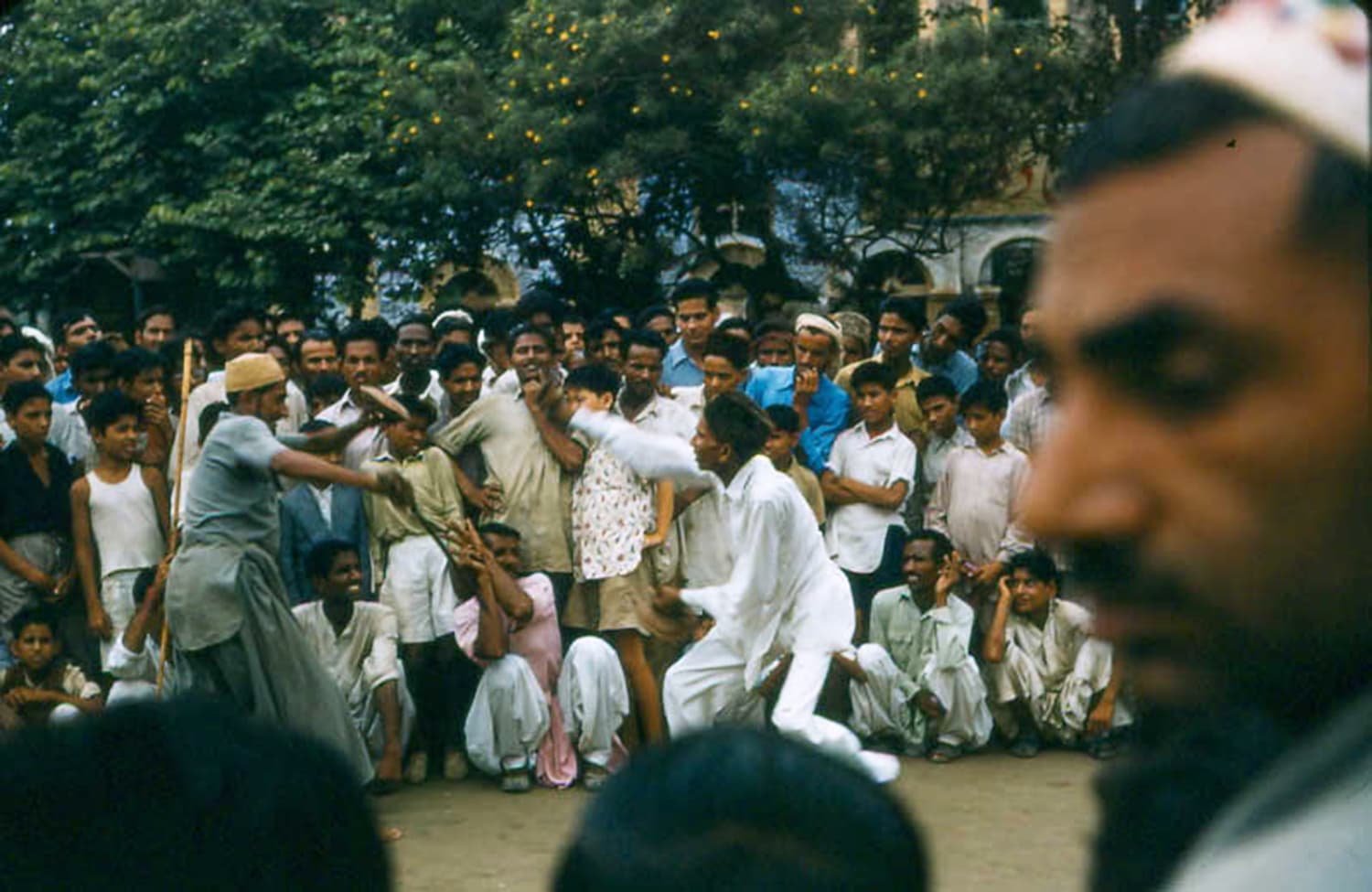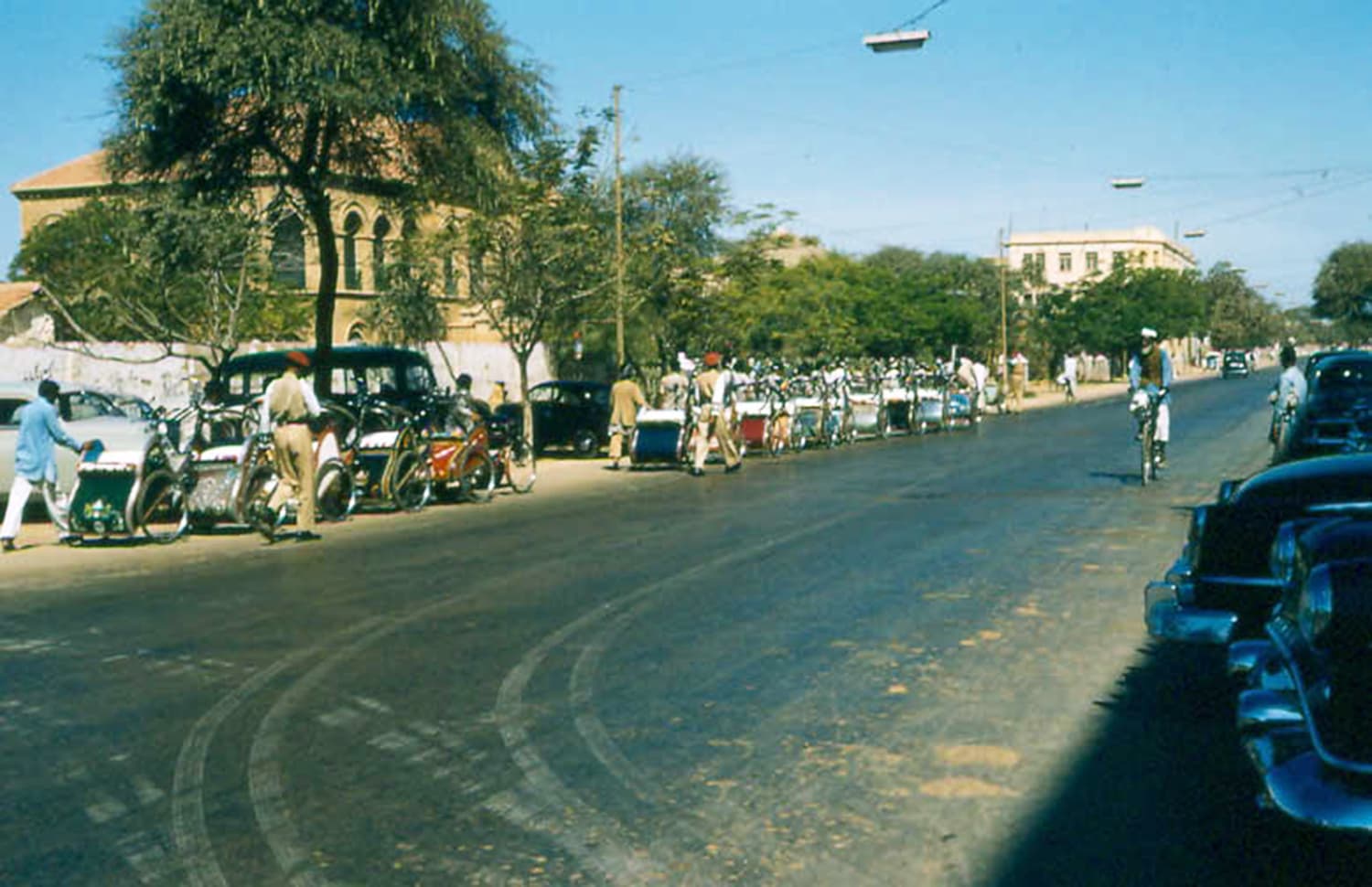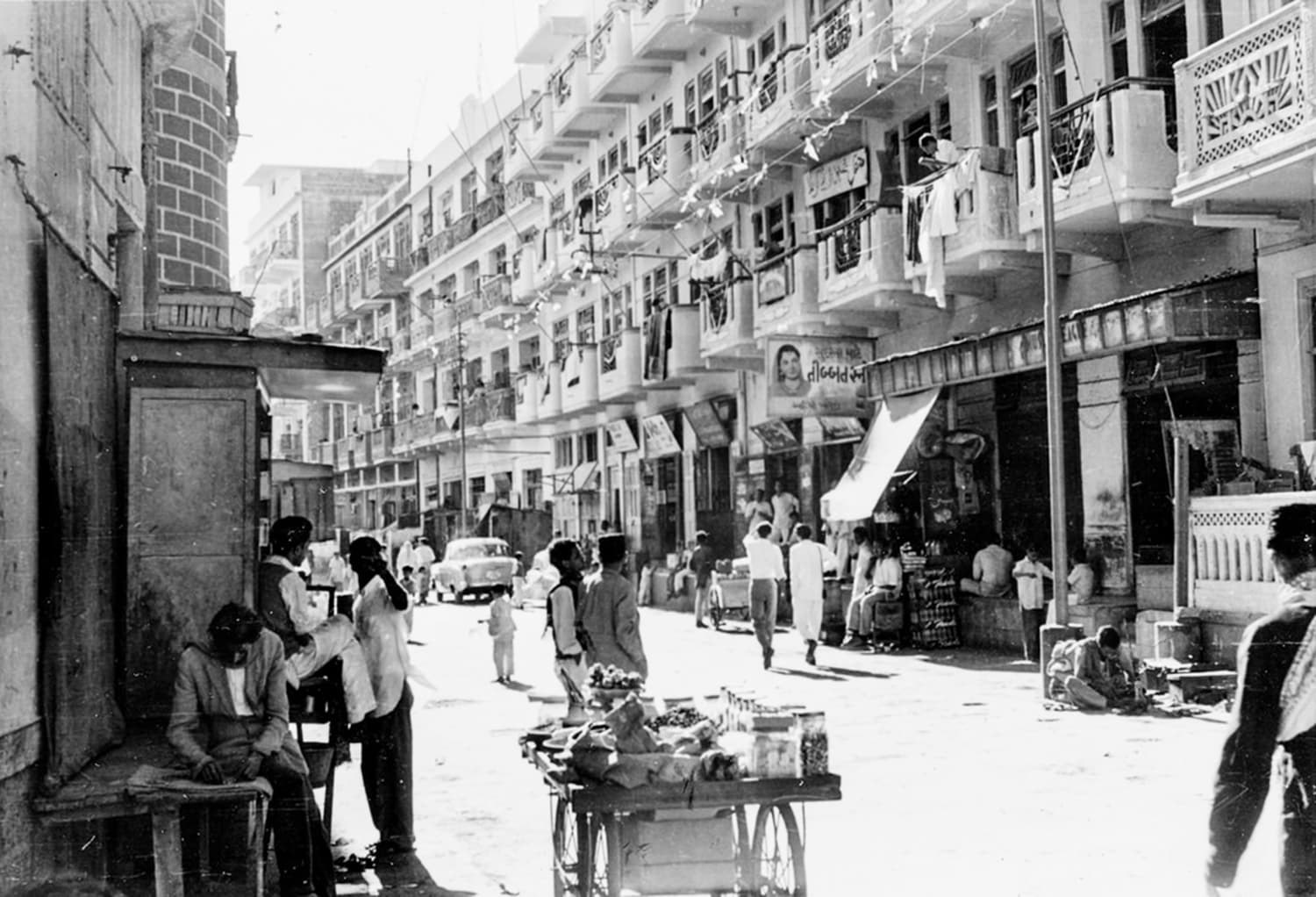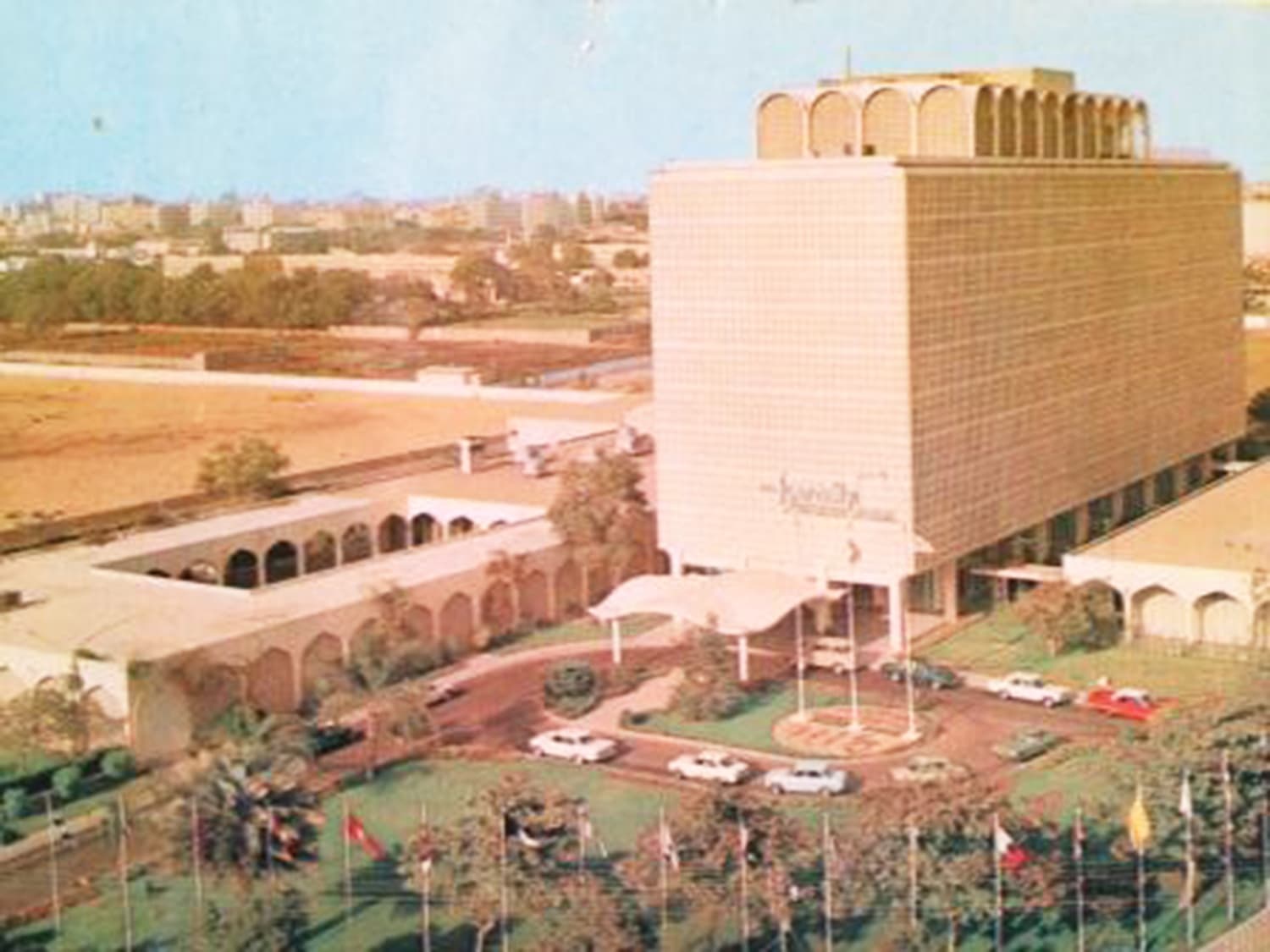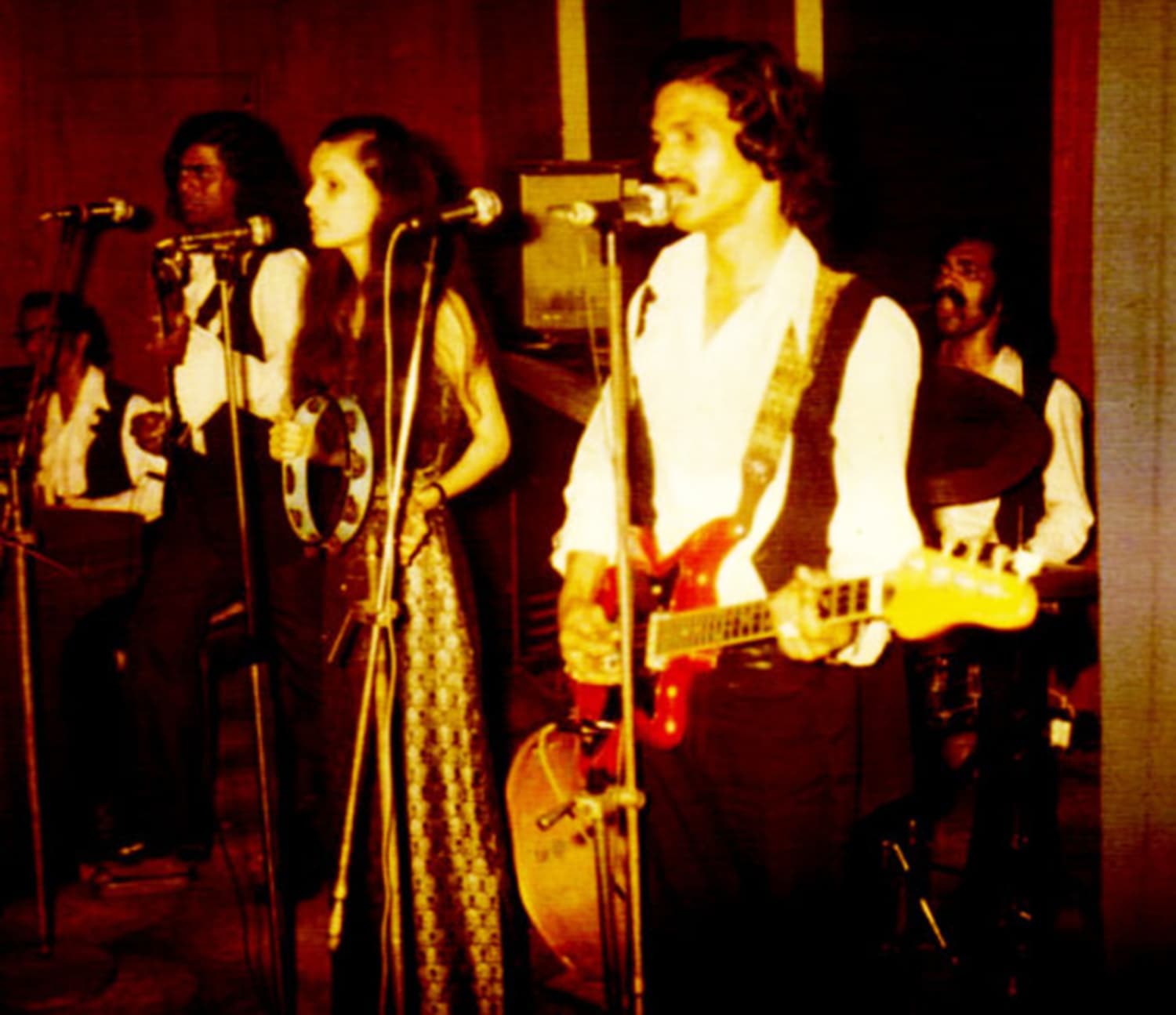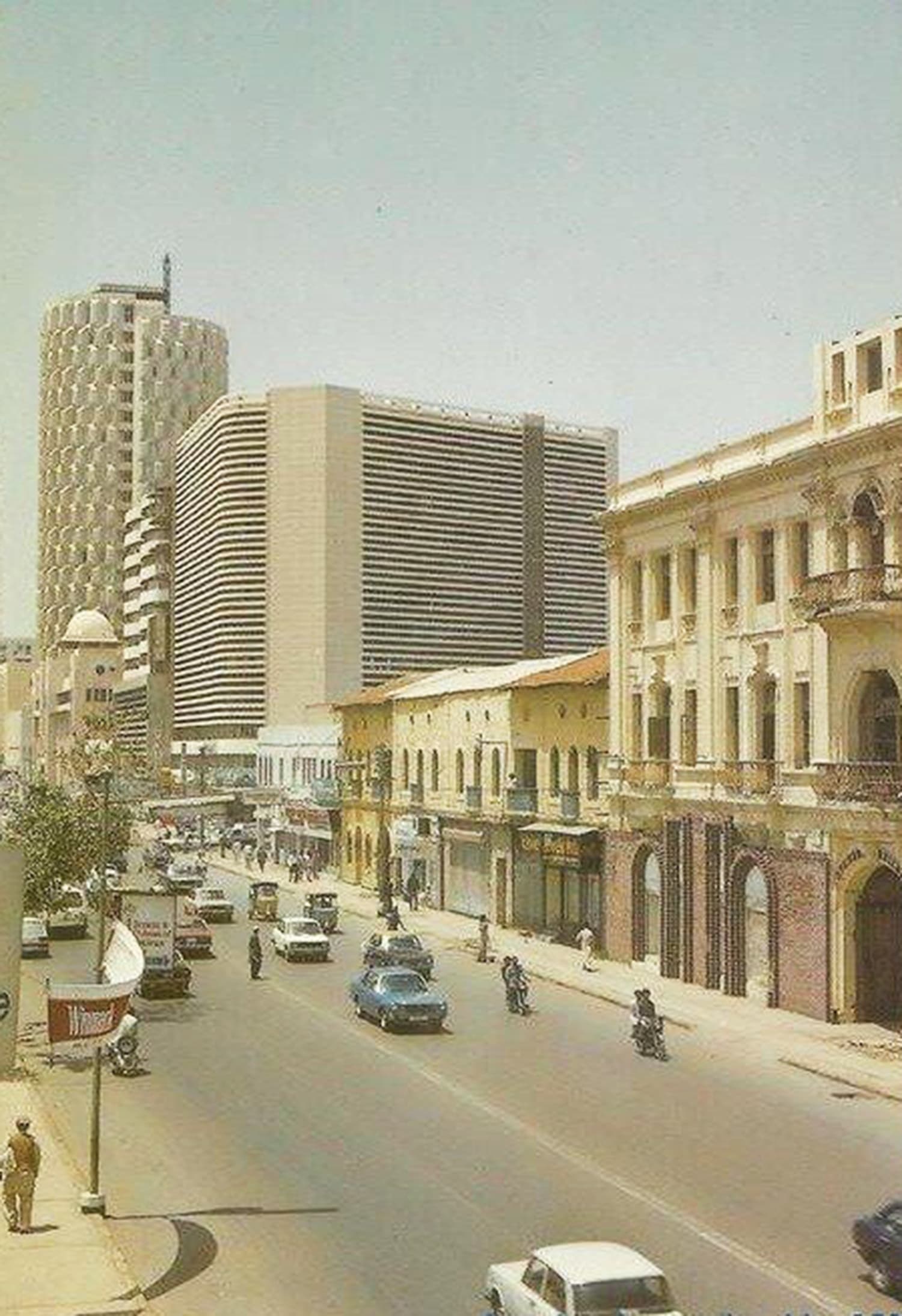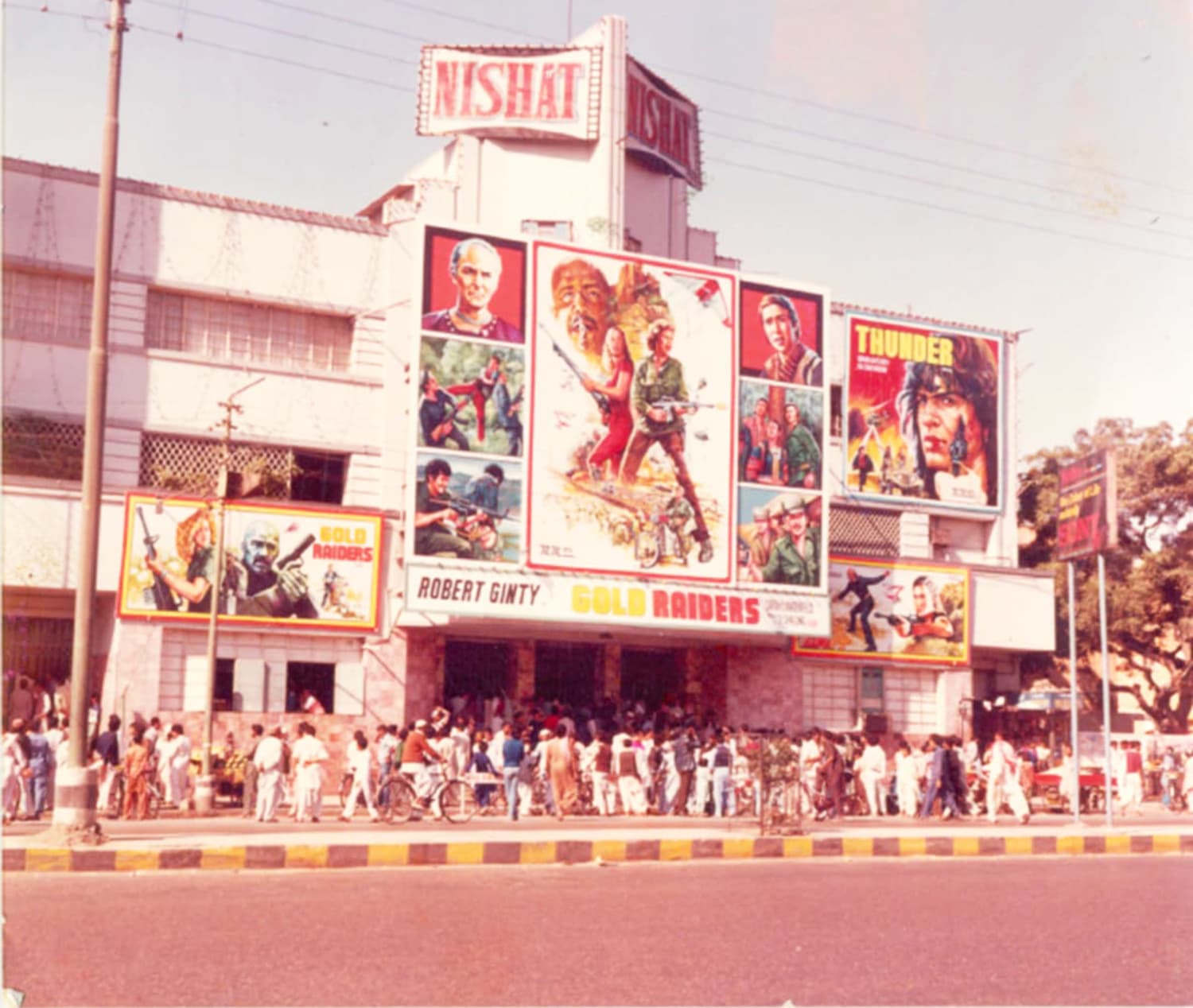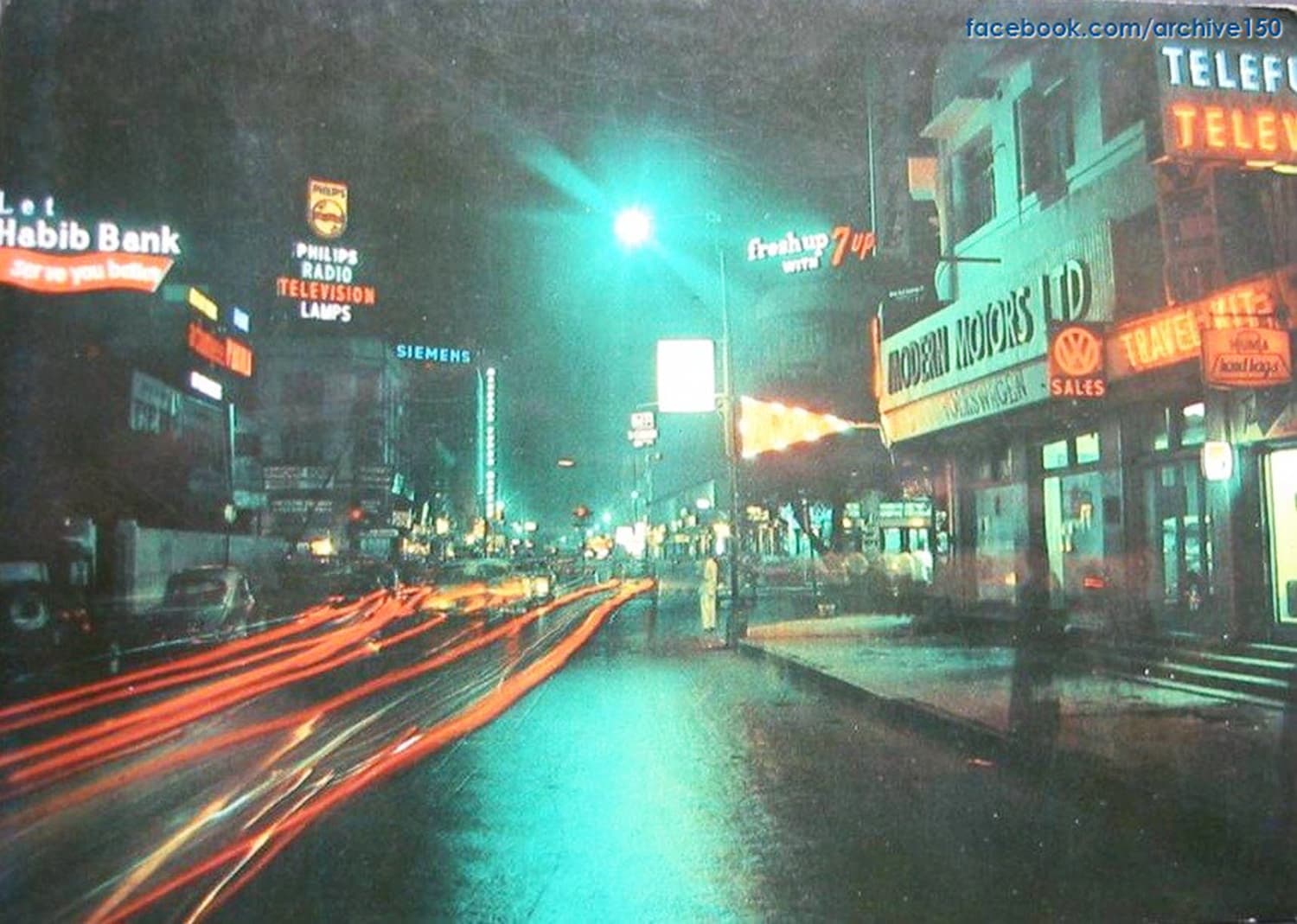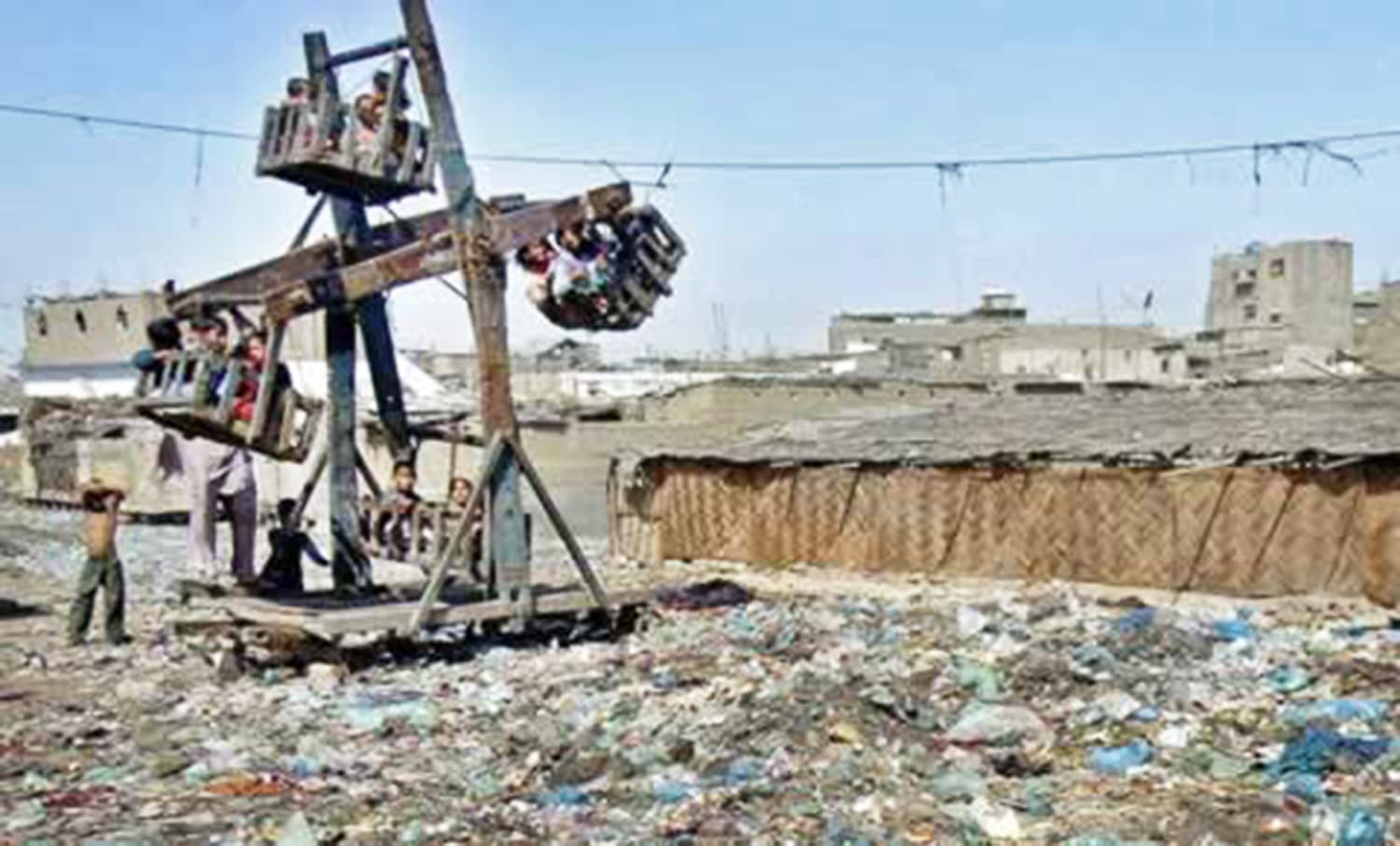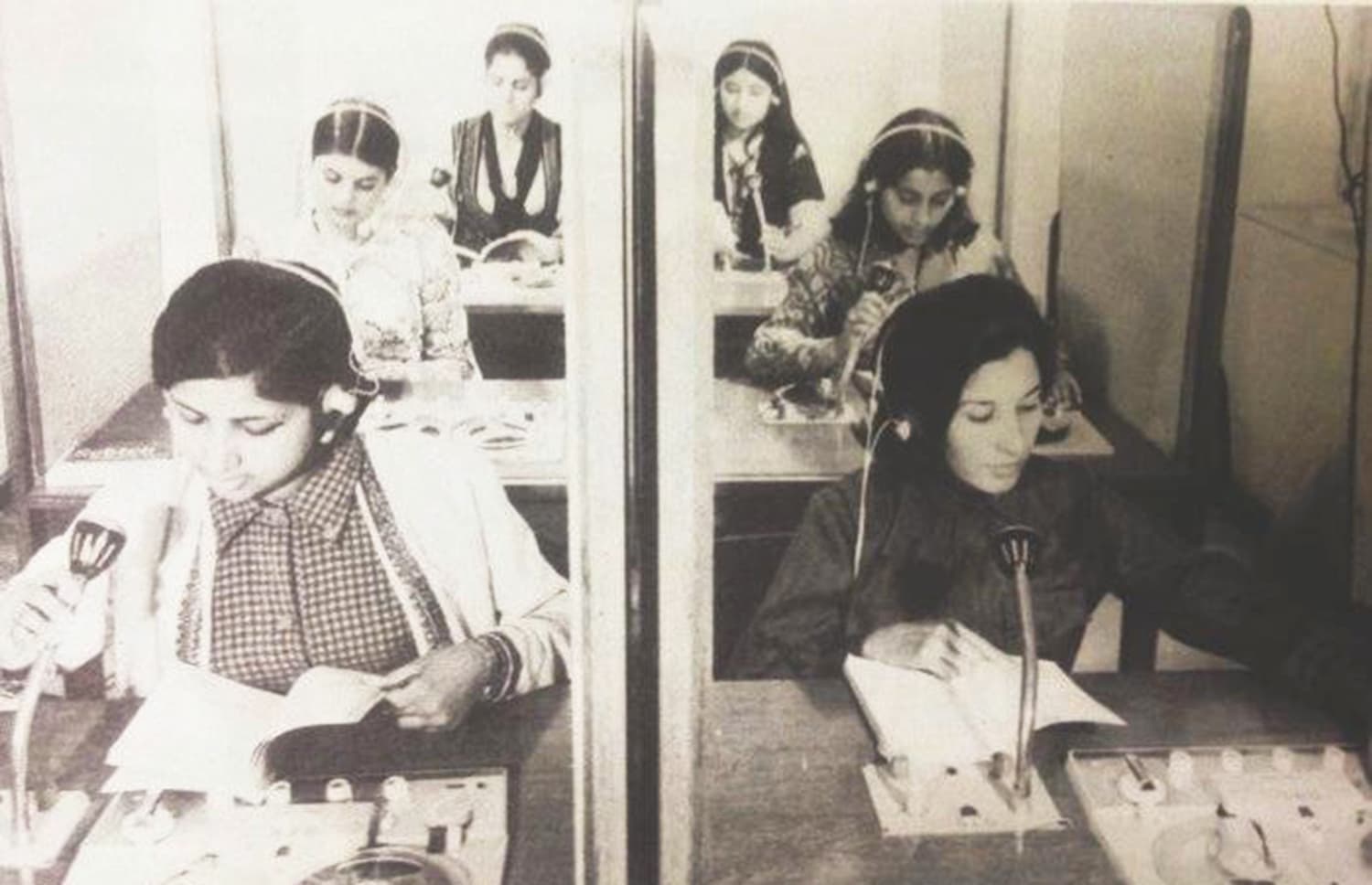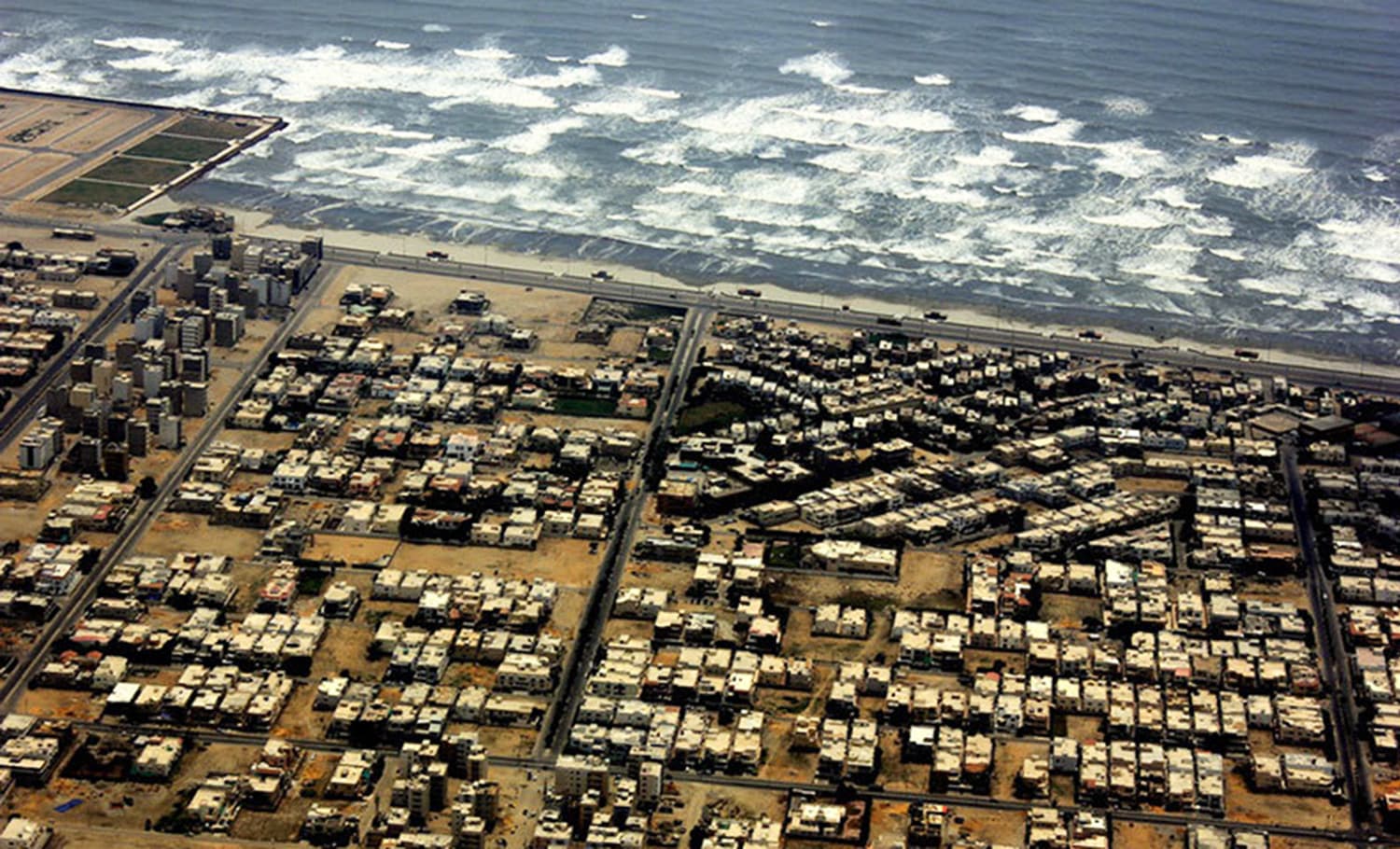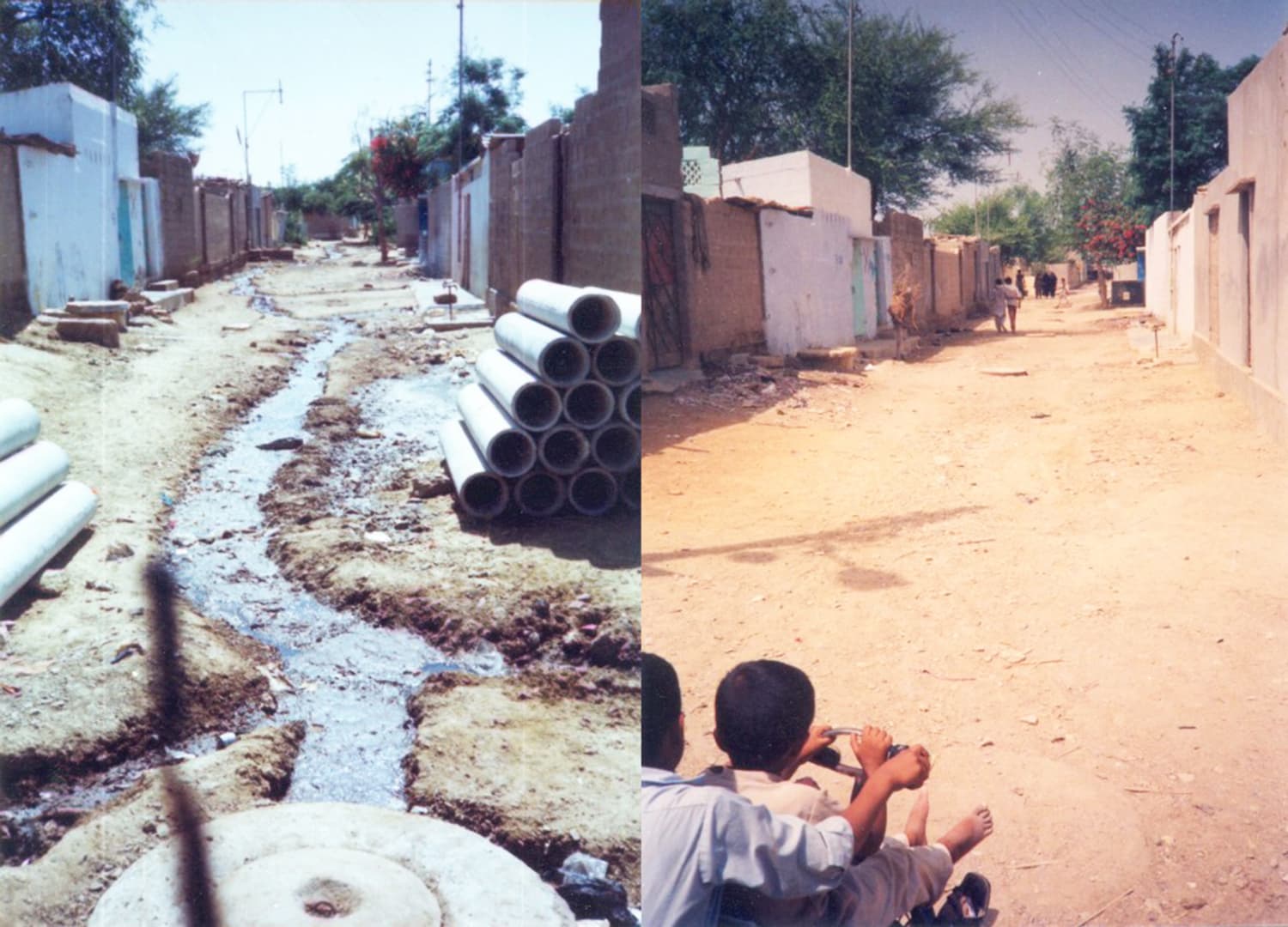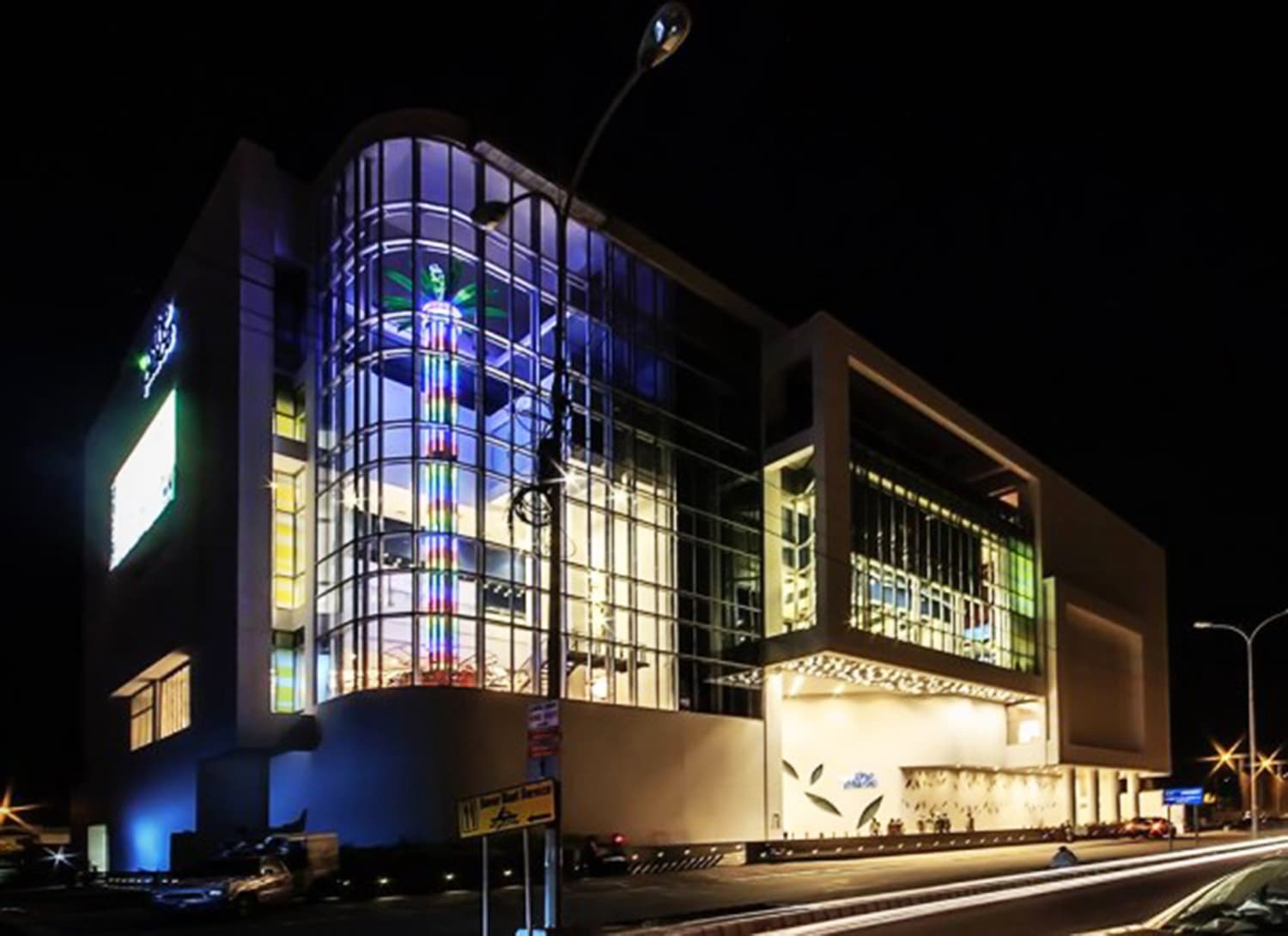ghazi52
PDF THINK TANK: ANALYST

- Joined
- Mar 21, 2007
- Messages
- 101,720
- Reaction score
- 106
- Country
- Location
Karachi: What’s in a picture?
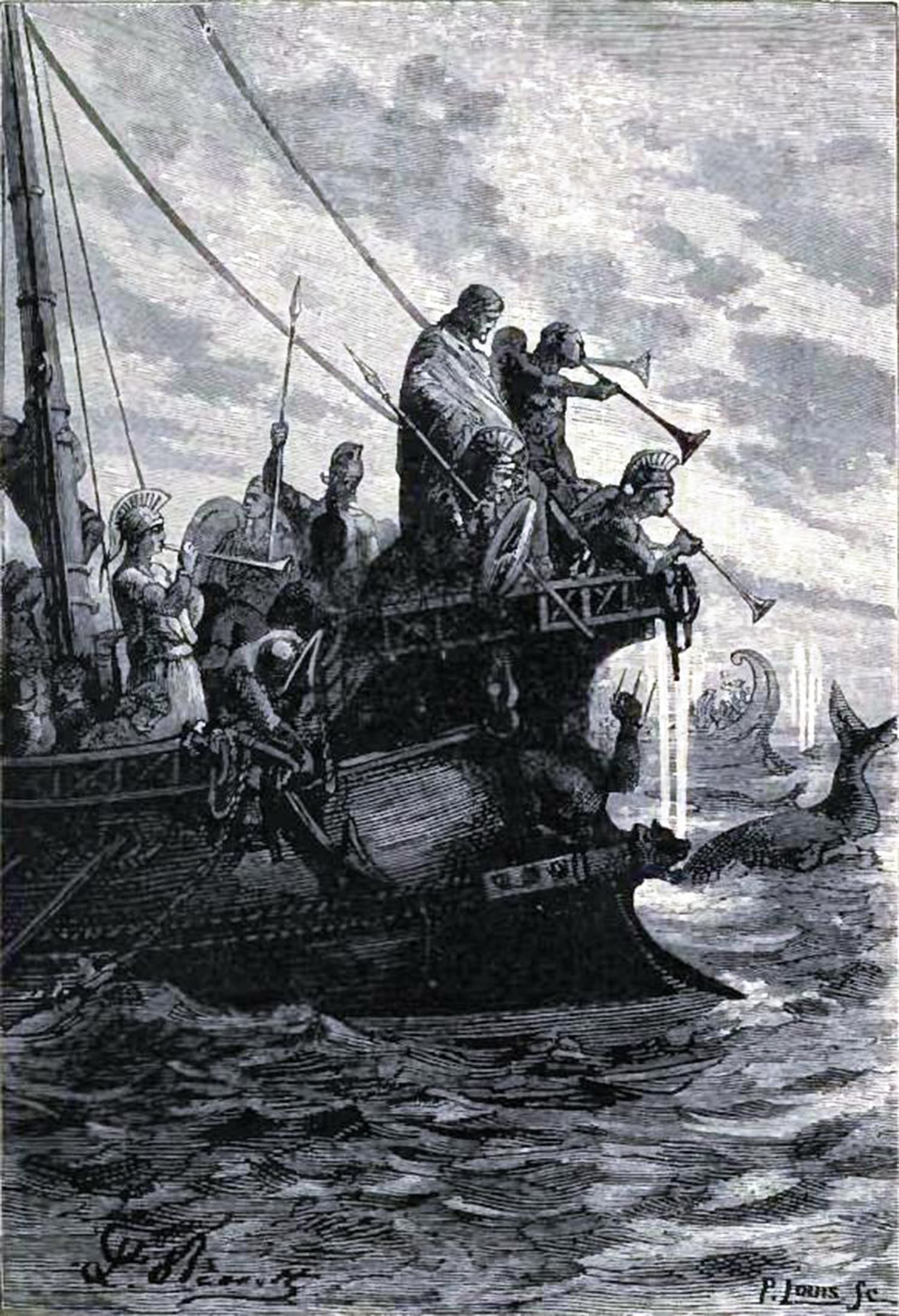
A 19th-century sketch of Greek commander, Nearchus, leading his fleet across River Indus in the present-day Sindh province of Pakistan.
Nearchus was a commander in ancient Greek king, Alexander’s army which had invaded India. In 325 BC, Nearchus exited India with his section of the army by sailing over the Indus and exiting from Balochistan.
He entered Balochistan by first reaching the mouth of Indus which emptied the river’s waters in the Arabian Sea. Historians believe this was where the coastal Manora area is in Karachi today.
A great storm from raging and Nearchus found a fishing village here led by a matriarch. He named the place Morontobara (Greek for Woman’s Harbour).
Source: The Voyage of Nearchus from the Indus to the Euphrates: William Vincent(Nabu Press, 2011).
Karachi in the Mirror of History: M Usman Damohi (Al-Abbas Publications, 2011).
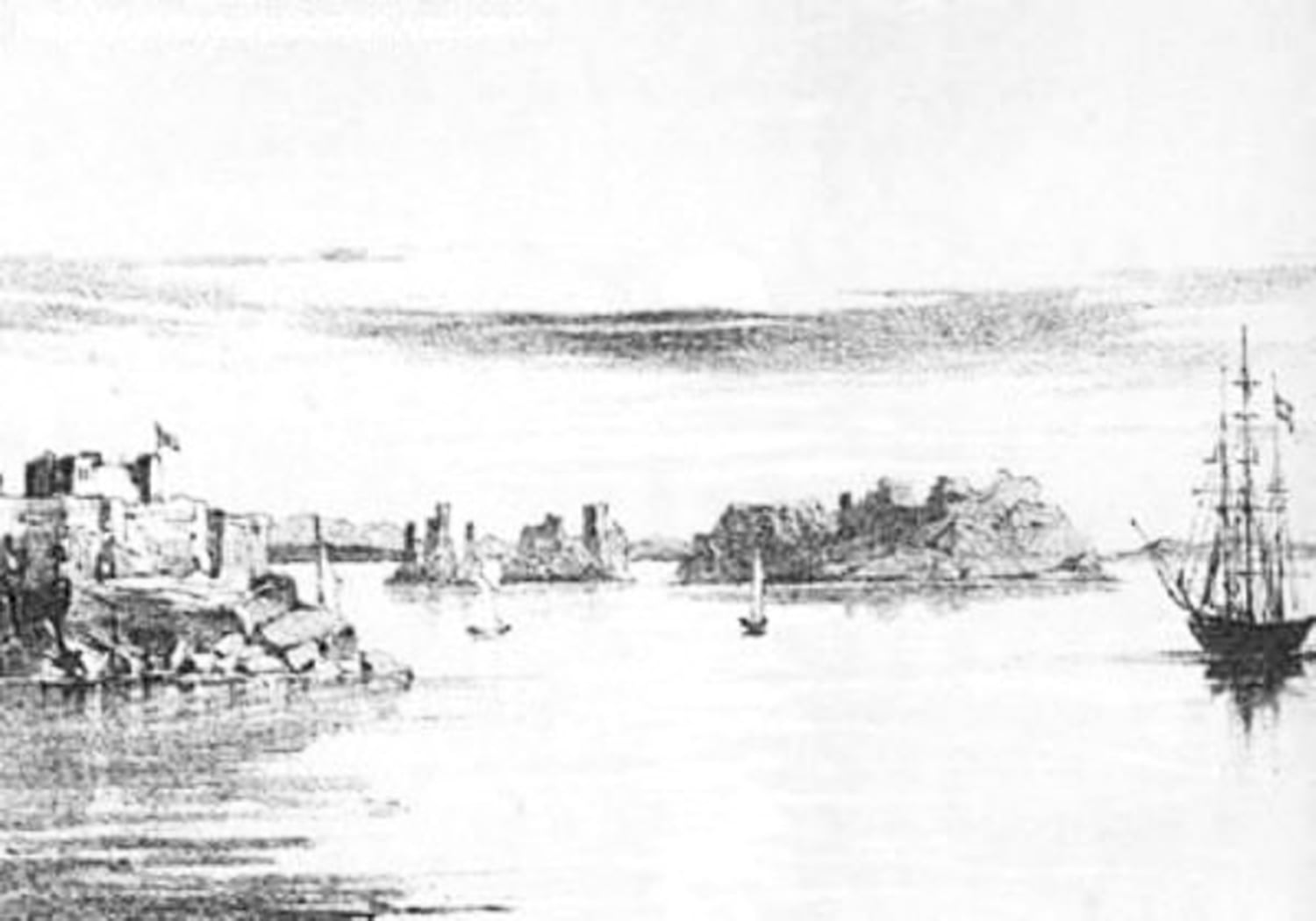
An 1839 sketch of Karachi drawn by a British traveller on the eve of Britain’s conquest of the city.
At the time, Karachi was just an insignificant dot on world maps. It was a small fishing town ruled by the Sindhi-Baloch dynasty (the Talpurs). It had a fort made of dry mud and an underdeveloped harbour. The town had no paved roads and no sanitation or garbage-collecting system.
It had a population of about 20,000 people who were mostly involved in the fish trade. Crime was high, and disease was rampant. The bulk of the population was made up of Sindhi, Balochi and Gujarati-speaking Hindus and Muslims.
Source:
Gazetteer of the Province of Sind. B Volume 1 Karachi District 1919.

An 1860 photograph of British ships entering Karachi waters (Arabian Sea). By now the city had been made Sindh’s capital and absorbed into British India.
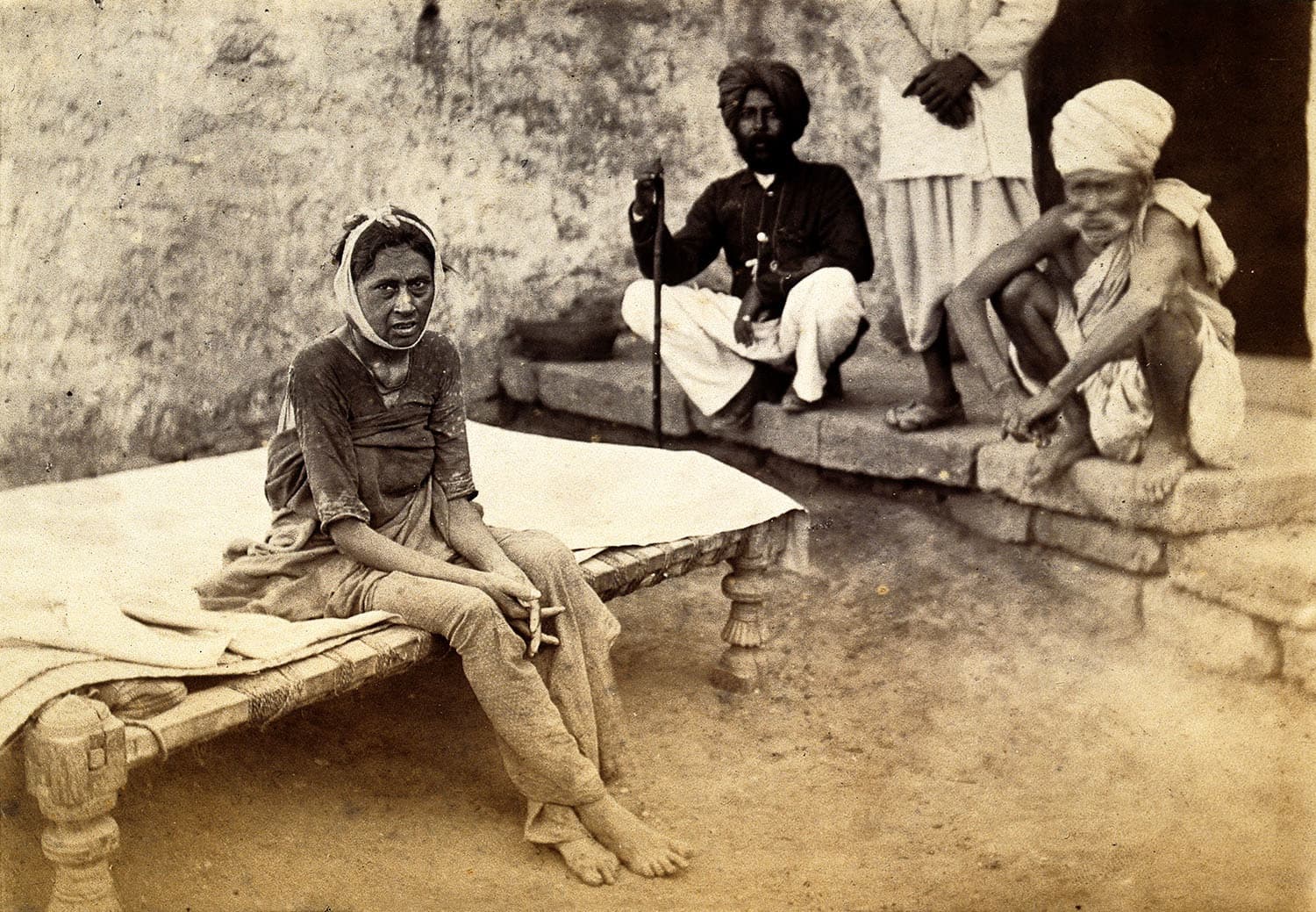
A woman suffering from the fatal bubonic plague awaits treatment in 1890, Karachi.
The city’s worsening sanitation conditions fed the infected rats which arrived on ships from elsewhere in India. Hundreds of people perished from the plague. The British began work on providing the city with an effective sanitation and sewerage system.
Source:
Gazetteer of the Province of Sindh. B Volume 1 Karachi District 1919.

A 1919 photograph of Karachi’s Saddar area.
By the mid-1900s, Karachi had grown into an impressive trading post. The British developed Karachi’s harbour and it became one of the busiest in India. The British also built a robust infrastructure (roads, bridges, hospitals, parks, railways, etc.); and introduced modern policing and city governing systems.
The crime rate saw a sharp decline; and the city’s economy boomed. Fifty-one per cent of the city’s population was Hindu; 40 per cent was Muslim; and there were also large Christian and Zoroastrian communities.
There was a Jew community too, apart from thousands of British officers, doctors, engineers and administrators and their families residing here. It was during this period that Karachi became known as ‘the Paris of Asia’.
Source:
Gazetteer of the Province of Sind. B Volume 1 Karachi District 1919.
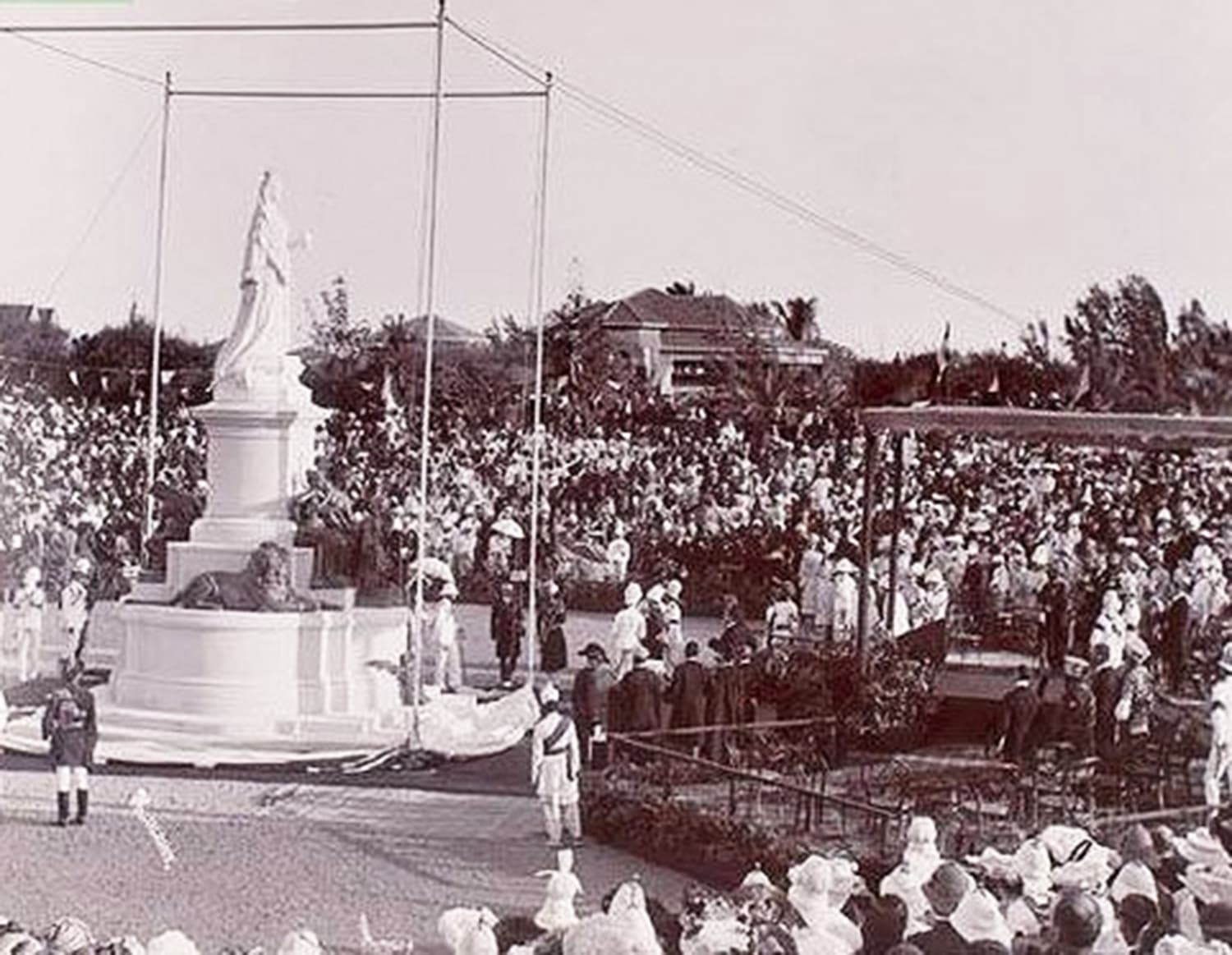
Statue of the British Queen being unveiled at Karachi’s Frere Hall/Park during a ceremony.
The statue was shipped all the way from London. The ceremony was attended by British and local officials of the city government, British military personnel, Karachi’s wealthy Hindu, Muslim and Zoroastrian dignitaries and the general public.
A few years later, a statue of King Edward, too, was placed here. Both the statues remained in place when Karachi became a part of Pakistan in 1947. However, the statues were removed in 1956 when Pakistan’s first constitution declared the country a republic.
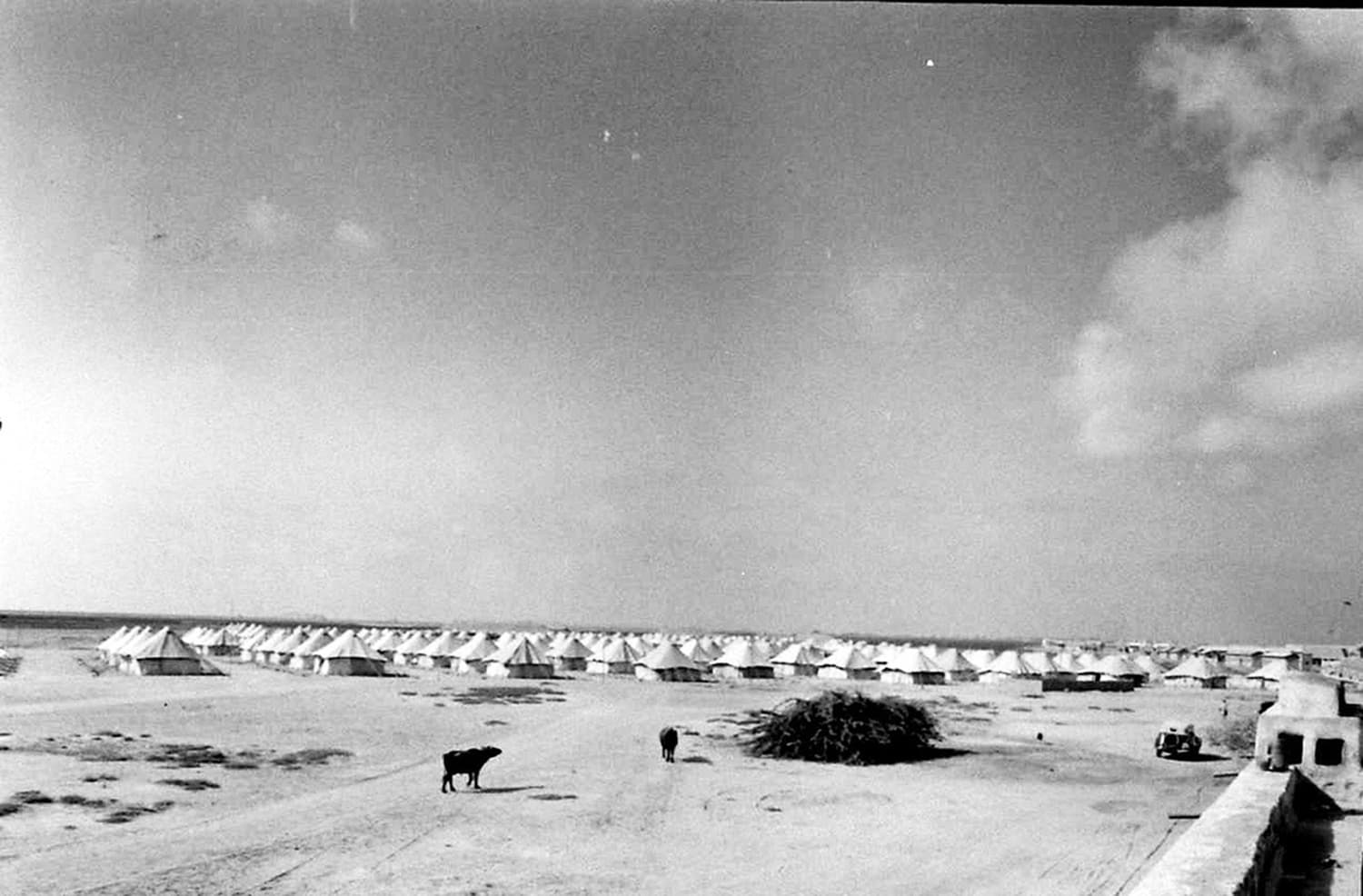
Karachi, 1948: An open area dotted by hundreds of temporary camps, housing government officials who ran matters of the country and the city from inside these dusty tents.
Karachi became the capital of Pakistan in August 1947. It witnessed a huge influx of Muslim refugees arriving from various Indian cities and towns. Karachi did not have the resources to accommodate such an influx. Many of its buildings were packed to capacity. Many civil servants, police personnel and ministers of the new country shifted to these tents from where (for almost a year and a half) they navigated the fate of Pakistan and its capital city.
Source:
Pakistan’s Capital (A feature in LIFE Magazine’s June, 1948 issue).

A 19th-century sketch of Greek commander, Nearchus, leading his fleet across River Indus in the present-day Sindh province of Pakistan.
Nearchus was a commander in ancient Greek king, Alexander’s army which had invaded India. In 325 BC, Nearchus exited India with his section of the army by sailing over the Indus and exiting from Balochistan.
He entered Balochistan by first reaching the mouth of Indus which emptied the river’s waters in the Arabian Sea. Historians believe this was where the coastal Manora area is in Karachi today.
A great storm from raging and Nearchus found a fishing village here led by a matriarch. He named the place Morontobara (Greek for Woman’s Harbour).
Source: The Voyage of Nearchus from the Indus to the Euphrates: William Vincent(Nabu Press, 2011).
Karachi in the Mirror of History: M Usman Damohi (Al-Abbas Publications, 2011).

An 1839 sketch of Karachi drawn by a British traveller on the eve of Britain’s conquest of the city.
At the time, Karachi was just an insignificant dot on world maps. It was a small fishing town ruled by the Sindhi-Baloch dynasty (the Talpurs). It had a fort made of dry mud and an underdeveloped harbour. The town had no paved roads and no sanitation or garbage-collecting system.
It had a population of about 20,000 people who were mostly involved in the fish trade. Crime was high, and disease was rampant. The bulk of the population was made up of Sindhi, Balochi and Gujarati-speaking Hindus and Muslims.
Source:
Gazetteer of the Province of Sind. B Volume 1 Karachi District 1919.

An 1860 photograph of British ships entering Karachi waters (Arabian Sea). By now the city had been made Sindh’s capital and absorbed into British India.

A woman suffering from the fatal bubonic plague awaits treatment in 1890, Karachi.
The city’s worsening sanitation conditions fed the infected rats which arrived on ships from elsewhere in India. Hundreds of people perished from the plague. The British began work on providing the city with an effective sanitation and sewerage system.
Source:
Gazetteer of the Province of Sindh. B Volume 1 Karachi District 1919.

A 1919 photograph of Karachi’s Saddar area.
By the mid-1900s, Karachi had grown into an impressive trading post. The British developed Karachi’s harbour and it became one of the busiest in India. The British also built a robust infrastructure (roads, bridges, hospitals, parks, railways, etc.); and introduced modern policing and city governing systems.
The crime rate saw a sharp decline; and the city’s economy boomed. Fifty-one per cent of the city’s population was Hindu; 40 per cent was Muslim; and there were also large Christian and Zoroastrian communities.
There was a Jew community too, apart from thousands of British officers, doctors, engineers and administrators and their families residing here. It was during this period that Karachi became known as ‘the Paris of Asia’.
Source:
Gazetteer of the Province of Sind. B Volume 1 Karachi District 1919.

Statue of the British Queen being unveiled at Karachi’s Frere Hall/Park during a ceremony.
The statue was shipped all the way from London. The ceremony was attended by British and local officials of the city government, British military personnel, Karachi’s wealthy Hindu, Muslim and Zoroastrian dignitaries and the general public.
A few years later, a statue of King Edward, too, was placed here. Both the statues remained in place when Karachi became a part of Pakistan in 1947. However, the statues were removed in 1956 when Pakistan’s first constitution declared the country a republic.

Karachi, 1948: An open area dotted by hundreds of temporary camps, housing government officials who ran matters of the country and the city from inside these dusty tents.
Karachi became the capital of Pakistan in August 1947. It witnessed a huge influx of Muslim refugees arriving from various Indian cities and towns. Karachi did not have the resources to accommodate such an influx. Many of its buildings were packed to capacity. Many civil servants, police personnel and ministers of the new country shifted to these tents from where (for almost a year and a half) they navigated the fate of Pakistan and its capital city.
Source:
Pakistan’s Capital (A feature in LIFE Magazine’s June, 1948 issue).

